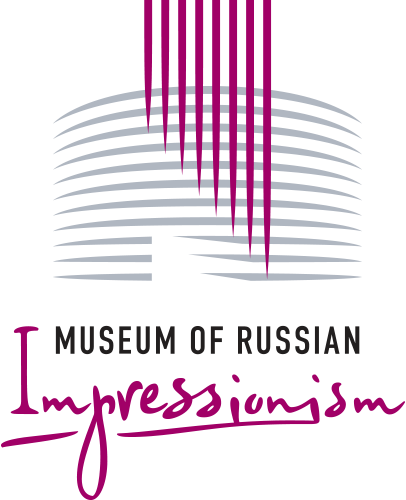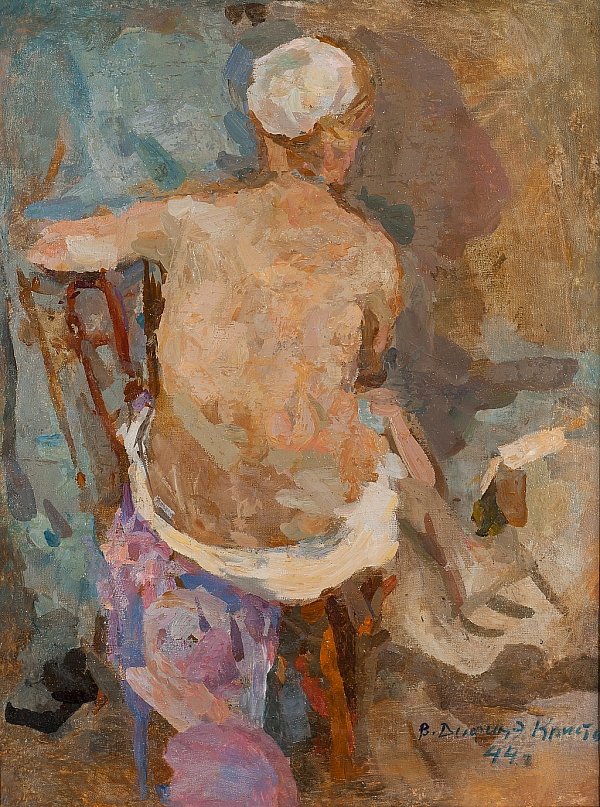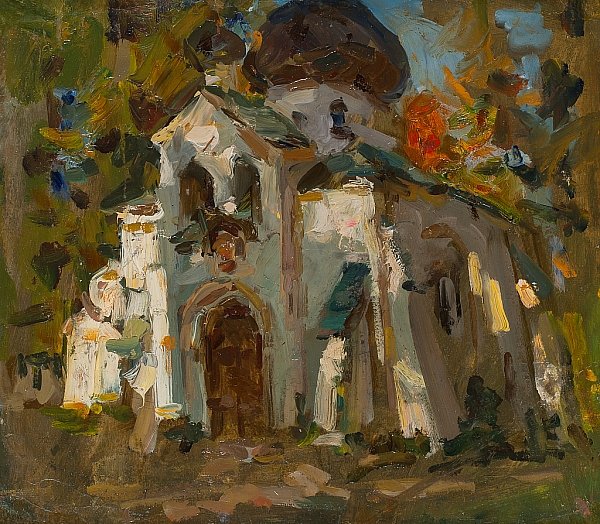Valentina Diffine-Christi
14.02.1918 - 10.08.2010
Valentina Diffine-Christi’s long life was dedicated to her beloved husband and his vocation. Her first steps as an artist began in the early post-war years. Her meeting with her future husband, Evgeny Diffine, at Moscow’s 1905 Art School would change her life completely. Evgeny was a gifted student and was spotted by Sergei Gerasimov who took him to his workshop at the Surikov Institute. Although there were no artists in Evgeny’s family, he lived in a supportive environment where the painter Konstantin Yuon was a frequent guest. The young Evgeny took lessons from the Impressionist painter Leonard Turzhansky, while his idols were Vasily Surikov and Petr Konchalovsky. Evgeny was French by birth, and often turned to the French tradition of painting only from nature. In love with the talented painter, it was not surprising that the young Valentina was strongly influenced by him. They married in 1938, and had a son whom they named after the artist Konstantin Korovin. But their fate was shaped by war - they were evacuated to Samarkand together with the other students and teachers of the Surikov Institute. Their half-starving existence there damaged Evgeny’s health, and he died of typhus at only 28, without having even graduated from the institute, still in Samarkand. Painting was the only thing that kept Valentina going. She continued living with their son in Samarkand until 1943 when she returned to Moscow and graduated. Her father was a professor at the Bauman Institute, and life for his large family of eight in their small communal apartment was crowded. Valentina had no studio, no official status as an artist, no permanent income, and a small son, but she worked hard. It paid off - in a little more than ten years Diffine-Christi, who had already taken her father’s surname, became a member of the Moscow branch of the Union of Artists. Like everyone else, she painted themes of Lenin, the civil war with the folk hero Chapayev, and travelled to collective farms and factories. Despite this the artist was still accused of formalism for using prohibited Impressionist motifs.






